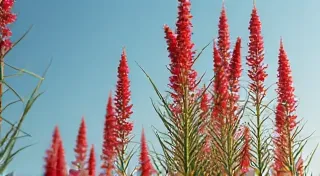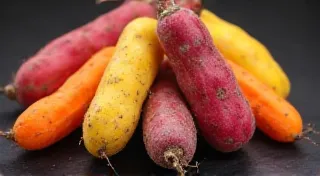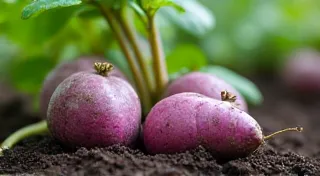Amaranth: A Colorful and Nutritious Vegetable You Should Grow
Are you looking to add a splash of unexpected color and incredible nutrition to your vegetable garden? Forget the usual suspects – lettuce, tomatoes, zucchini – and consider amaranth. This fascinating plant is rapidly gaining popularity amongst vegetable gardeners seeking unique and rewarding crops. It’s more than just a pretty face; amaranth offers both delicious, nutritious greens and protein-rich seeds.
What is Amaranth?
While often mistaken for a grain, amaranth is actually a broadleaf plant belonging to the Amaranthaceae family. It’s a pseudo-cereal, meaning it’s used like a grain but isn't a true grass. Amaranth has been cultivated for thousands of years, prized by ancient civilizations for its nutritional value and resilience. The plant offers two main harvestable parts: the leaves (often steamed like spinach or added to salads) and the seeds, which can be cooked like rice or popped like popcorn.
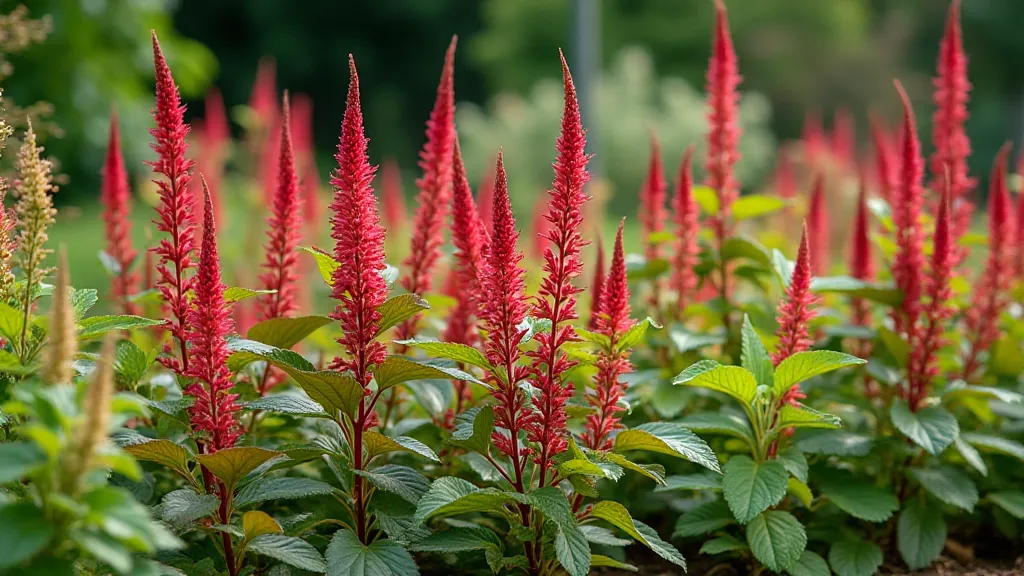
Why Grow Amaranth?
Beyond its deliciousness and nutritional benefits (rich in protein, fiber, and essential minerals), amaranth offers several advantages for gardeners:
- Unique Beauty: Amaranth boasts striking, upright flower heads in a range of colors from deep red and burgundy to vibrant green and bronze. They add a dramatic vertical element to the garden.
- Easy to Grow: Amaranth is remarkably low-maintenance. It thrives in warm climates and tolerates poor soil conditions.
- Dual-Purpose Harvest: Enjoy both fresh amaranth greens and nutritious seeds from a single plant.
- Attracts Beneficial Insects: The flowers are attractive to pollinators and beneficial insects.
- Heat Tolerance: Amaranth thrives in heat, making it a great choice for gardeners in warmer regions.
Growing Amaranth: A Step-by-Step Guide
Here's a simple guide to growing your own amaranth:
1. Starting Seeds
Amaranth can be started indoors 4-6 weeks before the last frost or directly sown into the garden after the risk of frost has passed. Sow seeds about ½ inch deep and keep the soil consistently moist until germination, which usually takes 7-14 days.
2. Location and Soil
Choose a location that receives full sun (at least 6 hours of direct sunlight per day). Amaranth isn’t fussy about soil but prefers well-drained soil with a slightly acidic to neutral pH (6.0-7.5).
3. Spacing
Space plants 12-18 inches apart, depending on the variety. Taller varieties will need more space to prevent them from flopping over.
4. Watering
Water regularly, especially during hot, dry weather. Avoid overhead watering to prevent fungal diseases.
5. Fertilizing
Amaranth doesn’t require heavy fertilization. A light application of balanced fertilizer at planting time can be beneficial.
6. Harvesting
Greens: Harvest young amaranth leaves when they are small and tender, usually 4-6 weeks after planting. You can harvest individual leaves or cut the entire plant back. Seeds: Allow the flower heads to dry completely on the plant. The seed heads should be brown and brittle. Harvest the seed heads and thresh the seeds by rubbing them between your hands or using a clean cloth.
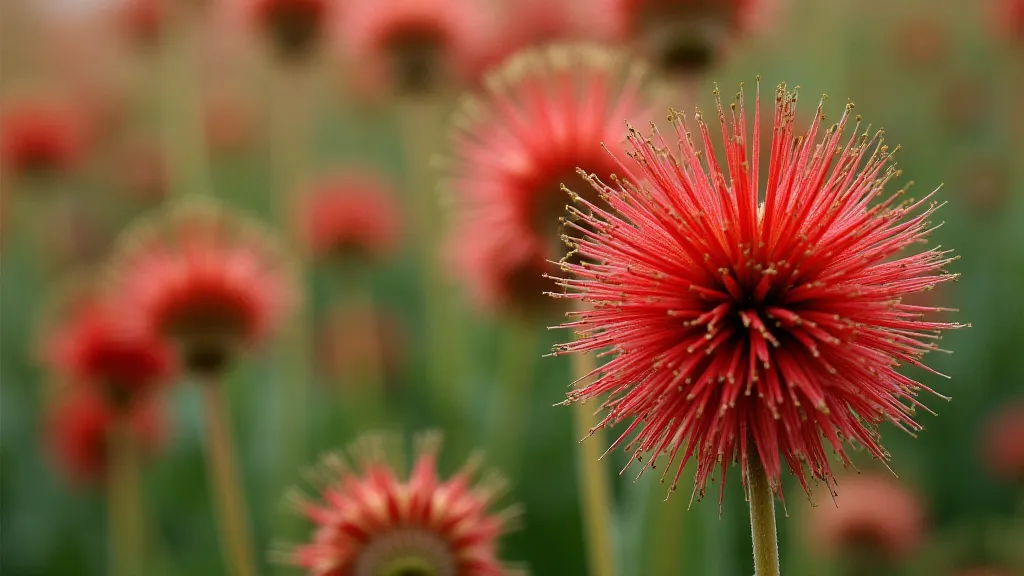
Varieties to Consider
There are many amaranth varieties available, each with its unique characteristics. Here are a few popular choices:
- 'Red Garnet': A tall variety with deep red flower heads and a robust flavor.
- 'Green Lightning': A compact variety with green flower heads and a mild flavor.
- 'Purple Princess': A beautiful variety with purple foliage and reddish-purple flower heads.
- 'Patagonian': A smaller variety with bright green flower heads, known for its great flavor.
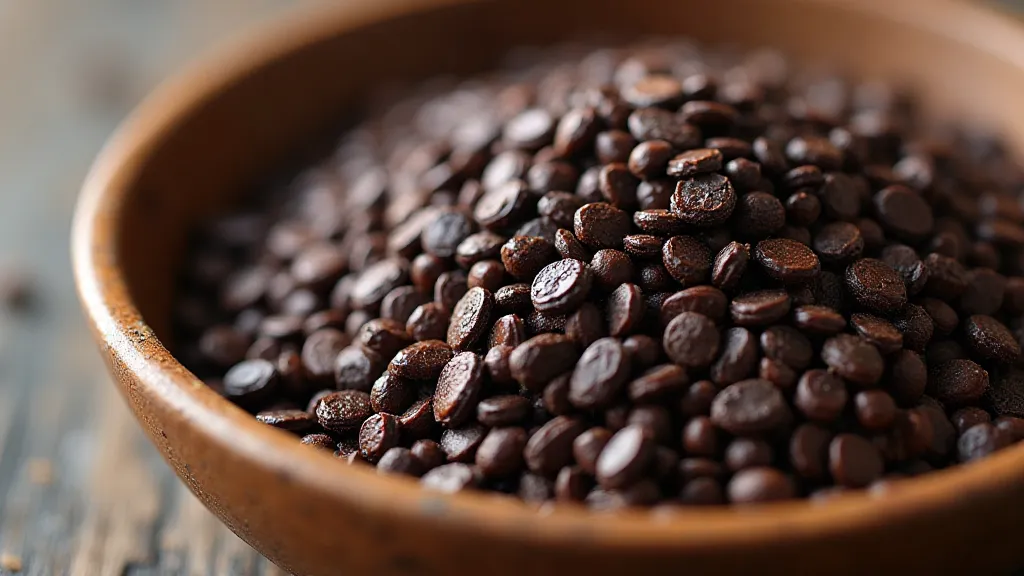
Beyond the Garden
Once harvested, amaranth seeds can be cooked like rice, ground into flour, or popped like popcorn. Amaranth greens can be added to salads, sautéed, or steamed. Experiment with different varieties and recipes to discover the full potential of this remarkable vegetable!

